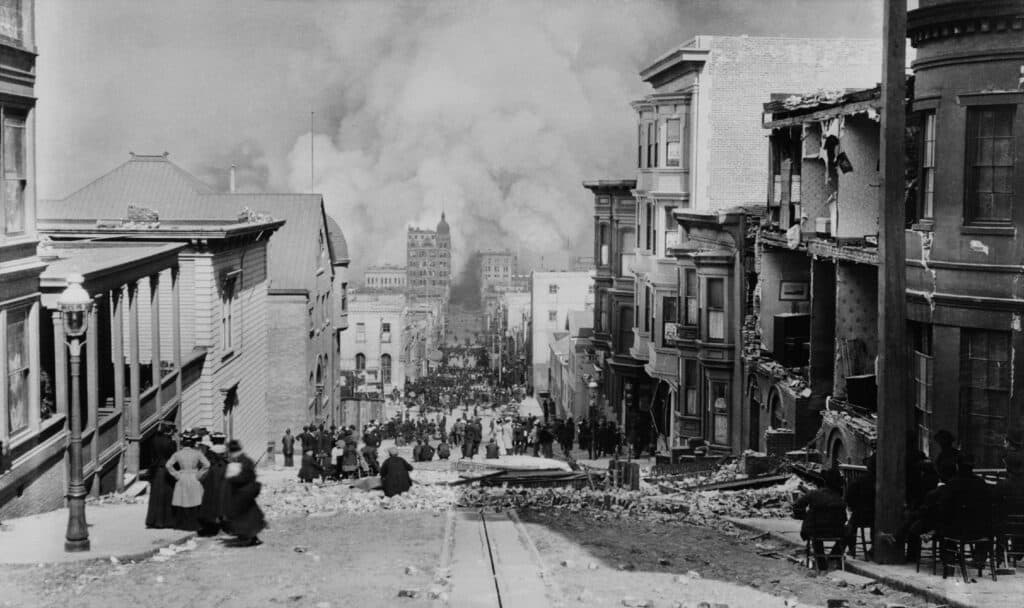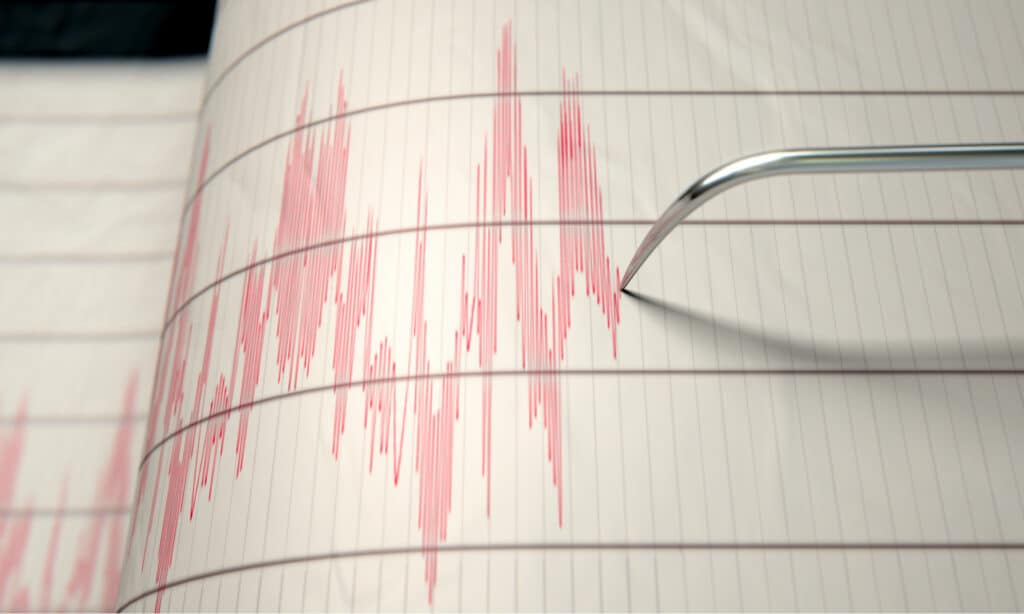An earthquake is a natural disaster characterized by a significant movement in the Earth’s crust. Typically, it occurs in an area where two plates in the Earth’s crust grind against each other. The pressure builds up as these plates move against each other and are released explosively, leading to an earthquake. However, earthquakes and tremors may also occur due to other forms of volcanic activities that disrupt the Earth’s surface, such as volcanic eruptions.
California happens to be one of the most tectonically active states in the United States. Every 3 minutes, an earthquake occurs in California. While most of these earthquakes are too weak for humans to feel, a major earthquake strikes every once in a while that causes significant damage to buildings, roads, bridges, and other physical infrastructure. But why does California experience so many earthquakes? Read on to find out.
How Often Does California Experience Earthquakes?
Since 1812, there have been around 70 major earthquakes on record in California. While these are the major ones that had major impacts on human settlements, there have been countless other tremors and minor tectonic events that are not on records.
California is a precariously located state, and earthquakes are quite common. However, most of these quakes go unnoticed mainly because they’re of low magnitude. California experiences thousands of relatively insignificant tremors. There are about two or three low magnitude ones each year with a magnitude of 5.5 or more. These are the ones that are large enough to cause major devastation.
The most massive earthquake on record in California was the Fort Tejon Earthquake which occurred in 1857. This earthquake measured 7.9 on the Richter scale and ruptured the San Andreas fault for about 225 miles (starting from Parkfield to Wrightwood). However, this isn’t the most devastating earthquake in California. That title belongs to the 1906 San Francisco earthquake, which killed over 3,000 people and destroyed several buildings and social institutions.

Everett Collection/Shutterstock.com
Reasons for Earthquakes in California
But why do earthquakes happen so often in California? The long and short of it is that California is located on top of two major tectonic plates; the North American Plate and the Pacific Plate. The state is one of the most seismically active regions in the world. These two plates grind past each other in opposite directions at 1.5 inches per year. The friction caused by this motion causes a release of pressure that leads to sudden jerking movements once in a while. These jerking movements emit waves of energy that cause the ground to shake (sometimes so violently that it destroys buildings and other structures).
The San Andreas Fault
The major cause of earthquakes in California is the movement along one of Earth’s major fault lines; the San Andreas fault. The Earth’s crust (the solid upper portion of the Earth) is divided into huge plates that are slowly moving past each other. A fault is an area where two of these plates come together. It is a fracture in the ground where one side is moving (or has moved) relative to the other. They can be up to hundreds of miles long.
The 800 miles long San Andreas fault forms the tectonic boundary between the North American and Pacific tectonic plates. These plates are the bases of the North American continent and the Pacific Ocean, respectively. Some parts of California are on the Pacific Plate, while the other is on the North American plate.
Along the San Andreas fault, the Pacific Plate is moving towards the Northwest relative to the North American plant. The fault runs from the Salton Sea located in Imperial County, California, to Cape Mendocino in Humboldt County, California.
At fault boundaries, crusts can either move up and down relative to each other or move horizontally in the opposite direction. The latter is happening with the San Andreas Fault, with Los Angeles gradually creeping closer to San Francisco. The San Andreas fault is divided into three segments. Each of these segments is characterized by different degrees of movement, meaning different earthquake risk levels. The most active segment of the San Andreas fault is the southern segment, which passes within 35 miles of Los Angeles.

Inked Pixels/Shutterstock.com
Other Minor Faults
But while the San Andreas fault is the biggest and most well-known fault in California, it isn’t the only fault. There are several underground faults that are associated with the San Andreas fault system. The 1995 Northridge earthquake, for instance, was caused by what is known as a blind thrust fault which did not show any signs on the surface before the rupturing.
So while the San Andreas fault is the first thing that comes to mind when people think of earthquakes in California and why they happen so often, it isn’t the only one. In fact, there are hundreds of faults in California, and about 200 of these are classified as potentially hazardous based on the rate of movement along them. Over 70% of the state’s population lives within 30 miles of a major fault where there’s a high risk of ground shaking occurring within the next 50 years. These faults are beneath some of California’s most densely populated cities.
Thin Crust
Another less-talked-about factor contributing to tectonic activities in California is the low thickness of the crust. Due to the nature of the plate and geologic conditions at the Western edge of the United States, where California is located, the area has a relatively thin crust and high heat flow. This increases the risk of deformation and leads to active faulting in this part of the country. Comparatively, the Central and Eastern United States has a thicker crust and is colder, which makes it more stable.
The proximity of the Western United States to an active plate boundary increases the deformation rate there. While the Central and Eastern U.S.have experienced some major earthquakes in the past, they are not as frequent as what has been observed in California and other parts of Western United States.
Conclusion
There is no way to stop an earthquake from happening. However, people who live in seismically active zones like in California have to learn to adapt and be prepared for major earthquake events to be safer when they do occur. So far, California has done really well, and there have been fewer earthquake-related deaths in recent years.
Up Next
- Yellowstone Earthquakes: How Big are They and Why Hundreds are Happening
- What Is an Earthquake, and Why Do They Happen?
- The 8 Biggest Earthquakes in the United States
The post Why Does California Have So Many Earthquakes? Is It Safe? appeared first on AZ Animals.
from AZ Animals https://ift.tt/WcdnpHK